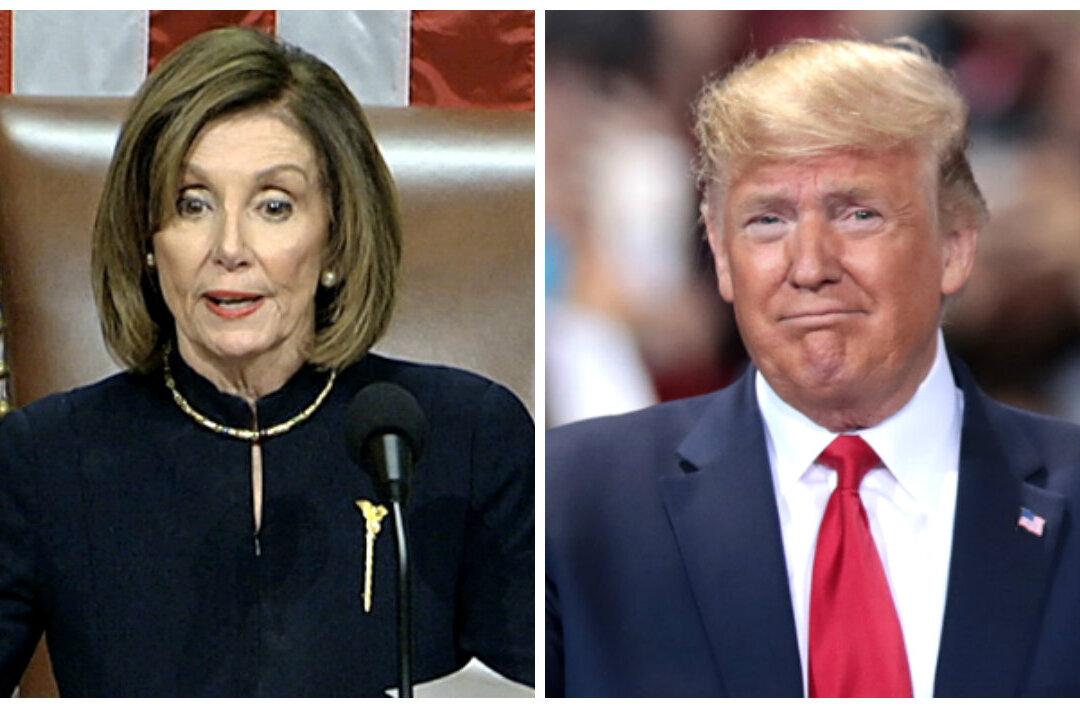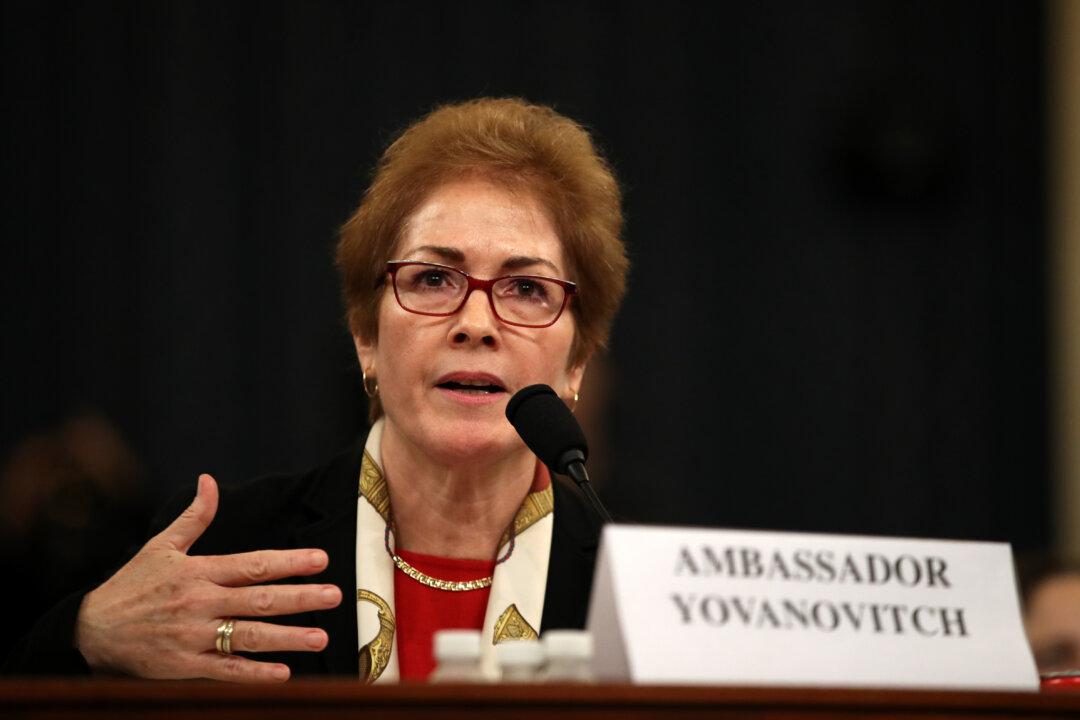Premiums for those who buy individual health care plans on the marketplace and who don’t get a subsidy may be surprised this fall, as average premiums are forecast to rise much less than in recent years, according to one report.
ACASignups.net recently released a table of projected premium increases for 2019 based on state filings for Affordable Care Act-compliant health care plans. On average, predictions are that rates for individual market plans will increase 3.69 percent next year.





